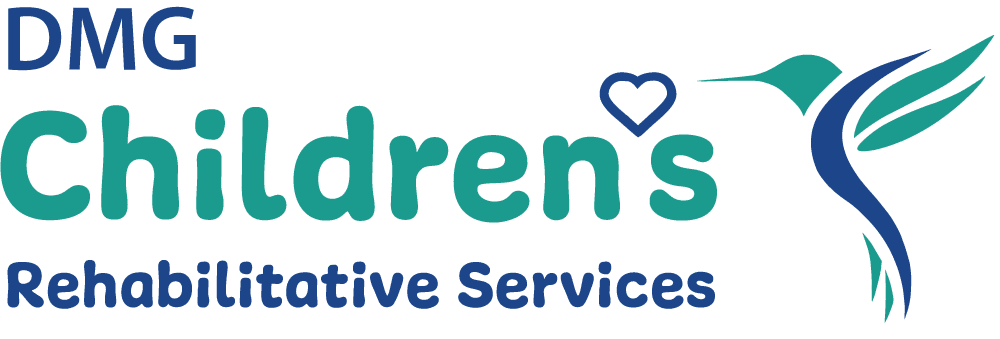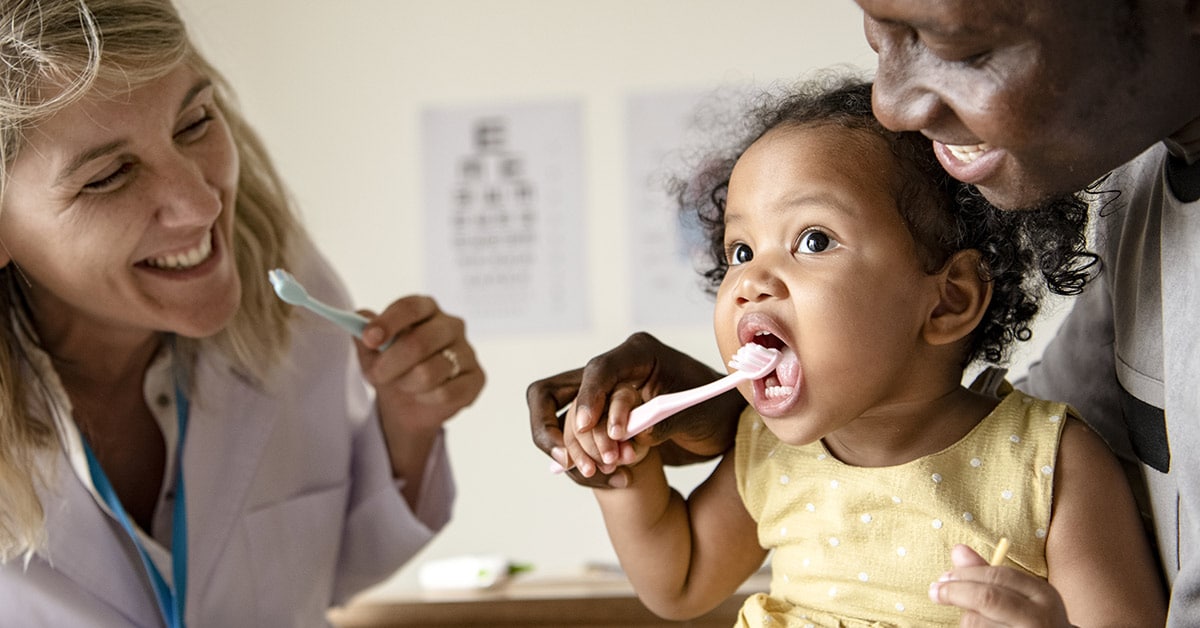How Telehealth Can Help You and Your Child
By Troy Nelson, MD, pediatrician and medical director, DMG Children’s Rehabilitative Services
Contents:
A March 2021 survey found that 61 percent of respondents had used telehealth vs. less than 20 percent in March 2020. The COVID-19 pandemic created a need for a safe way to visit with a medical provider to get non-emergent medical care, and telehealth was the answer. At District Medical Group (DMG), including DMG Children’s Rehabilitative Services (DMG CRS), we offer telehealth appointments and have encouraged patients to use this technology to continue care for themselves and their families.
While many of our DMG CRS patients have complex conditions, telehealth can still be used to support ongoing treatment and ensure our young patients remain healthy and on course with prescribed treatment plans during the COVID-19 pandemic and beyond.
Here’s some ways telehealth is being used at DMG CRS to support the health of our pediatric patients and support their families:
Intake Appointments for New Patients
While we love to meet new patients and their families in-person, their health and safety is our number one priority. Fortunately, through a telehealth meeting, we can gather all needed information about our new patient, understand the family’s health and wellness goals for their child, and begin development of a multi-specialty treatment plan. We can also get to know your child and you through these telephone visits.
Consultations with Specialty Providers
Like intake appointments, when a new pediatric specialist is being engaged to support your child’s health, a consultation between you and the DMG CRS medical specialist can usually be completed through a telehealth appointment. As all clinics within DMG CRS use the same electronic medical records (EMR) system, the new DMG CRS medical specialist can easily view your child’s medical history and discuss next steps with you.
As well, if you have a regular follow-up scheduled with a DMG CRS specialty physician who has been treating your child, it may be able to be completed through a telehealth appointment. Through a telehealth appointment, your child’s DMG CRS physician and you can determine if an in-person visit is needed based on how your child is doing on his/her treatment plan.
Behavioral Health Visits
Because a physical examination is not needed, behavioral health visits are among the easiest to facilitate through telehealth. COVID-19 has been stressful for people of all ages, including children. That’s why maintaining scheduled visits for your child with his/her DMG CRS behavioral health specialist is important.
Primary Care for Minor Illnesses or Injuries
If your child has a minor scrape or bruise that is concerning you or woke up with a cough, mild fever, or other non-emergent symptoms, contact the primary care clinic at DMG CRS to see if a telehealth visit is appropriate. In some cases, minor symptoms can be easily diagnosed and treatment prescribed without an in-person examination.
Reengaging with Your Child’s Providers
If you missed regular medical appointments for your child during the COVID-19 pandemic, a telehealth appointment is a good way to reengage your child’s medical provider(s). Through a telehealth visit, you can provide medical updates so the DMG CRS physician can determine your child’s present health status and make appropriate referrals.
The health, wellbeing and safety of your family is our number one priority. At DMG CRS, we’re here for you providing options to ensure your child’s treatment plan stays on-track and support you in helping your child live a happy and healthy life.
This post was originally published on April 27th, 2021 at DMGAZ.org










